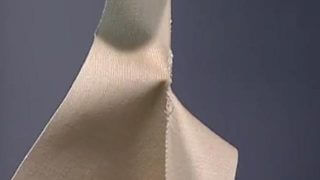Quality Testing: Construction
Quality Testing & Construction
Consumers purchase apparel and home products made from a multitude of raw materials. It is critical that fibers, yarns, fabrics, and garments adhere to the particular specifications for each product. Yarn and fabric construction can be broken down into elements that affect performance and costs.
Fiber
Fibers are the key building blocks of all textile and apparel products, and fiber characteristics have a huge impact on yarn, fabric, and garment performance. The key size characteristics of a textile fiber are a high length-to-diameter ratio, of at least 1,000 to 1, and a diameter or fineness no greater than 20 microns, or the equivalent of 0.01 inches.
Yarn
Yarns are the core components of all knitted and woven fabrics. Fabrics are specified according to the yarns selected and construction parameters. The yarns must have sufficient strength and elongation for fabrication. Yarn designations are standardized to make communication of yarn and fabric parameters easier and more precise. These yarn notations are used by textile mills, designers, product specifiers, apparel manufacturers, and sourcing agents to ensure product performance and consistency. Examples of yarn specifications include the size of the strand, the type of yarn, and its structure, strength, twist level (if spun), and evenness. For any fiber type, yarn properties depend on how the fibers are assembled.
Fabric
Proper fabric construction is not unlike the construction of a building or other complex structure. The fabric’s components and how they are assembled determine its physical properties, aesthetics, and costs. The manufacturer controls these inputs in order to meet customers’ needs and to make a consistent product in a way that is cost-effective and meets production expectations. Customers must understand how products are made to ensure that they are getting what they ordered and at a fair price.


